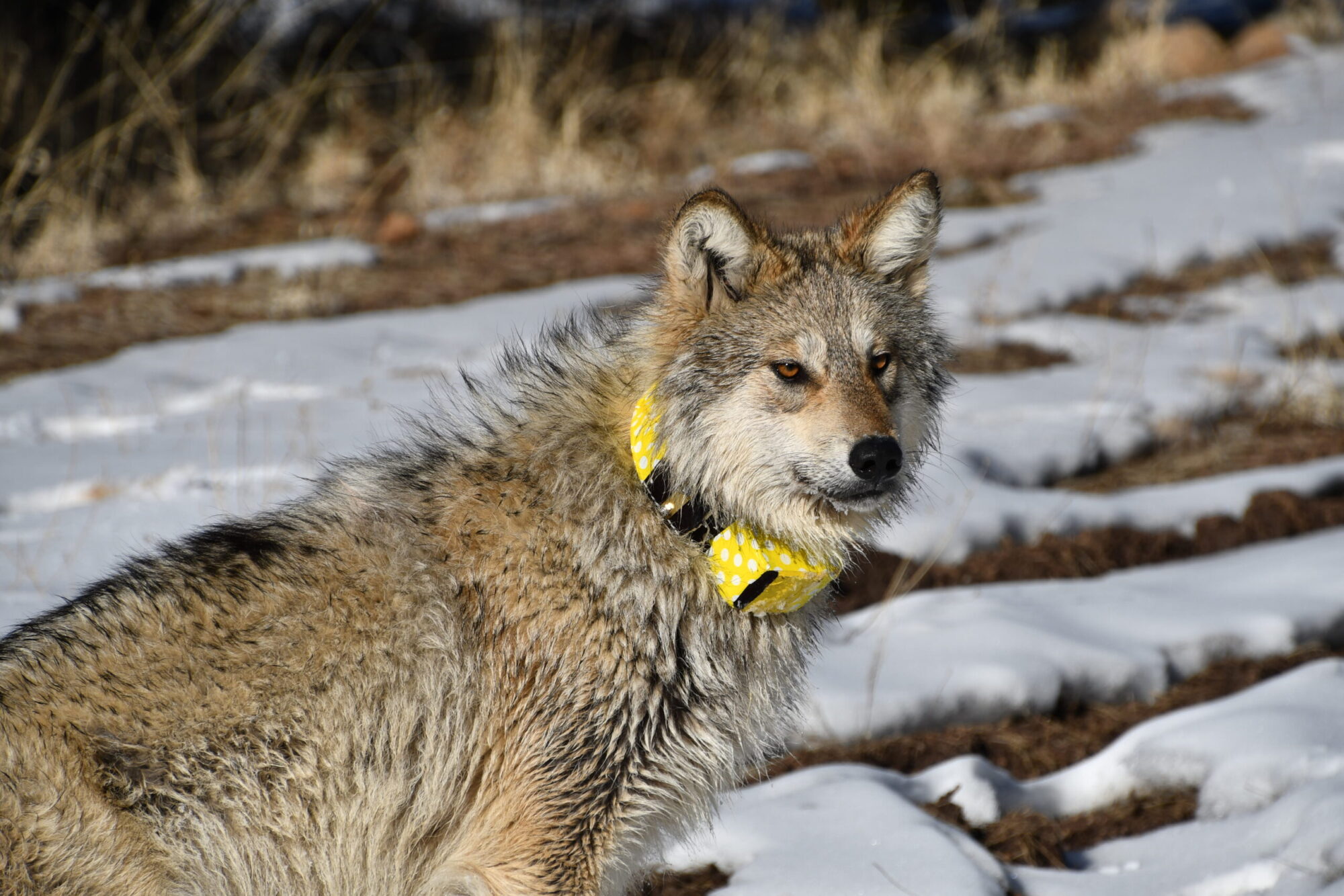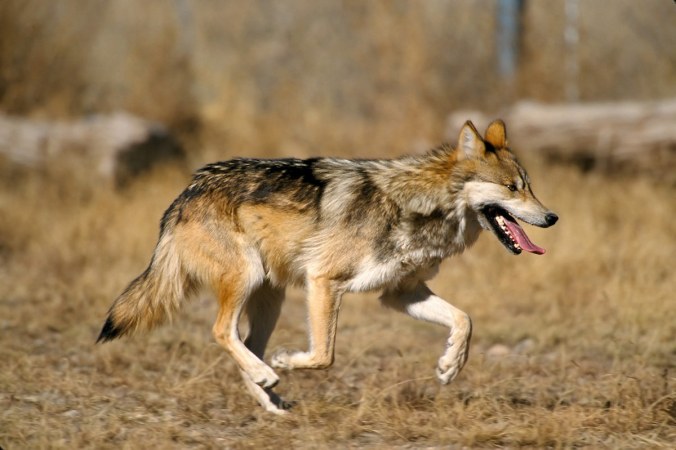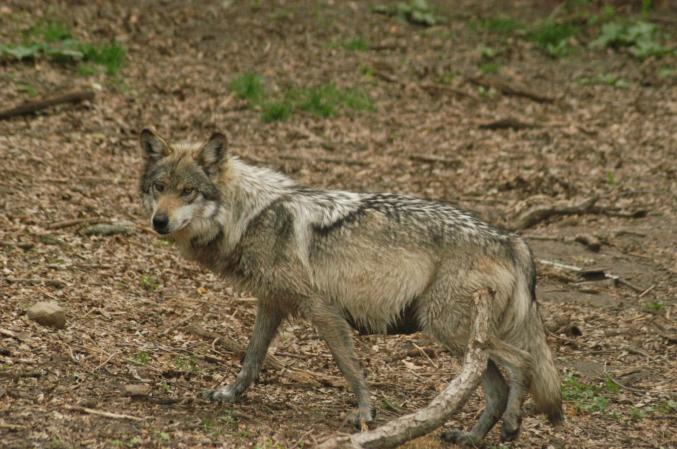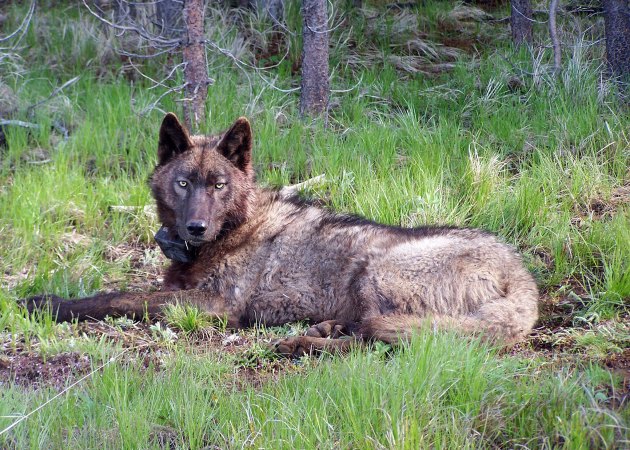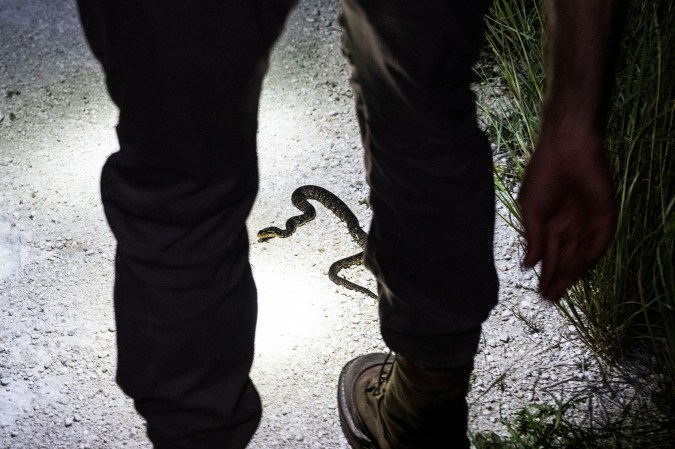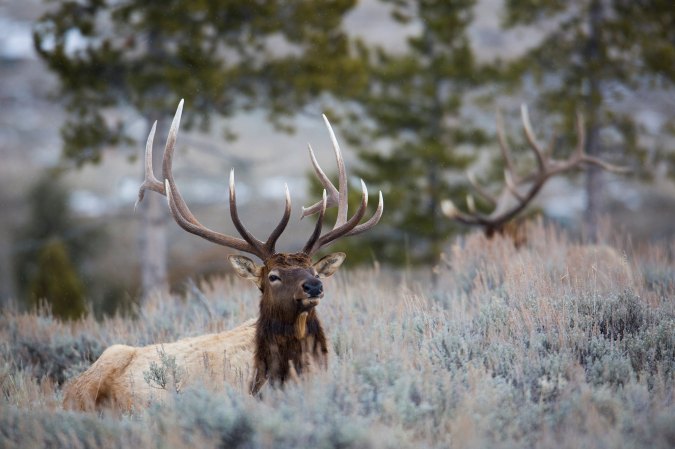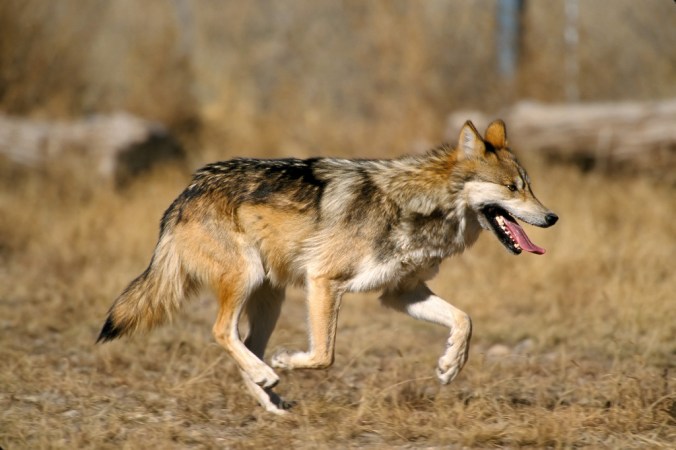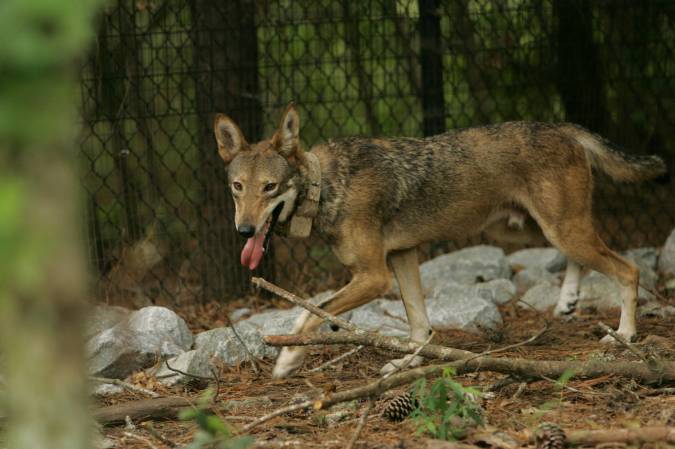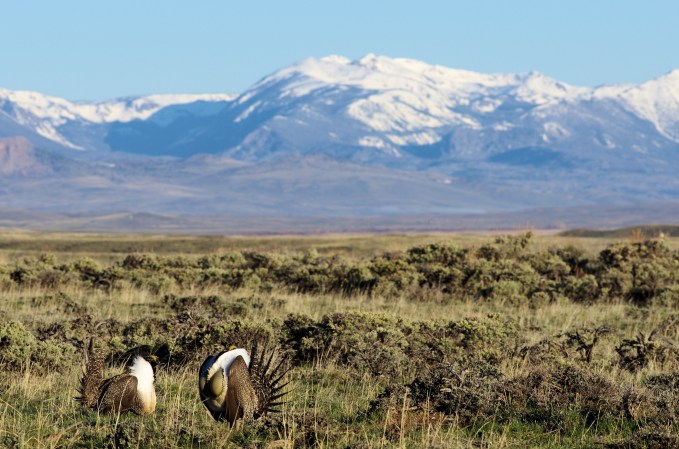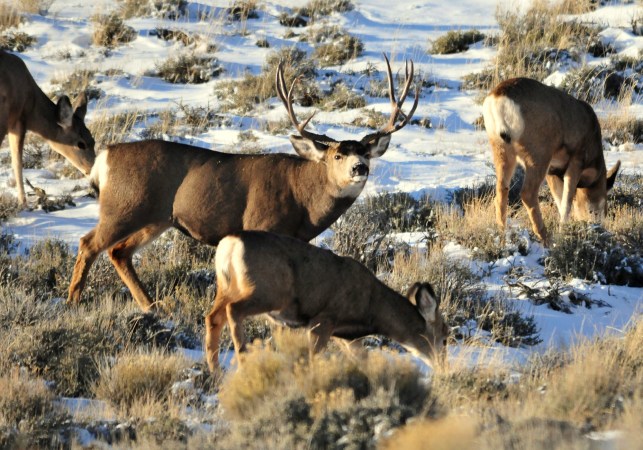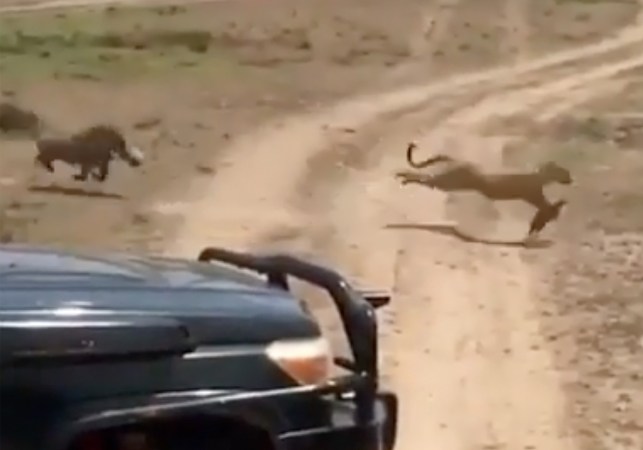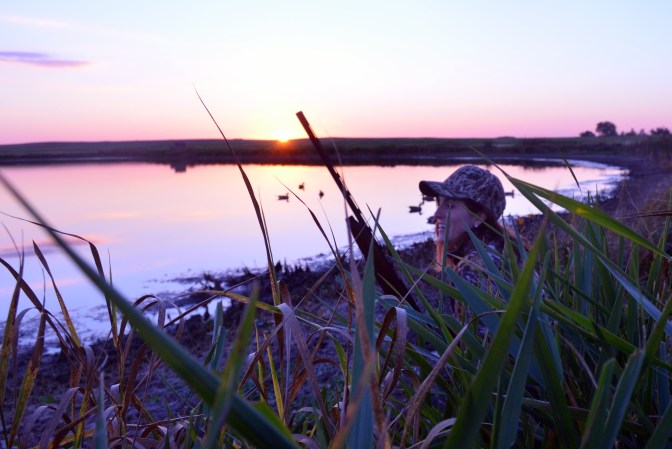On Feb. 28, the U.S. Fish and Wildlife Service announced the results from the 2022 Mexican wolf population survey. The numbers are giving researchers a reason to celebrate. From November to February, the Interagency Field Team documented 241 wild Mexican wolves living in New Mexico and Arizona. That constitutes a 23 percent increase from the year prior.
Surveyors recorded 59 packs, 40 of which are in New Mexico and the other 19 in Arizona. At least 81 of the 121 pups born in 2022 made it through the year. This calculates out to an infant survival rate of 67 percent. The average pup survival rate for Mexican wolves is around 50 percent.
“The road to recovery for any endangered species is neither straight or easy, and this has proven to be the case for the Mexican wolf,” Arizona Game and Fish Department Mexican wolf coordinator Jim deVos said in a USFWS press release. “With the stunning growth that occurred in 2022, recovery has accelerated at an amazing rate…While the road to recovery still has ground to be covered, in 2022, the recovery program covered a lot of ground.”
Mexican wolves were listed as endangered in 1976. Then, in 1977, Mexico and the U.S. entered a joint captive breeding effort with the world’s seven remaining lobos. After 21 years of captive breeding, the first reintroduction happened in 1998 in the Blue Range Wolf Recovery Area in eastern Arizona. Officials released 11 wolves at the time.
“This milestone has been 25 years in the making,” USFWS Mexican wolf recovery coordinator Brady McGee said in the release. “To go from zero wild Mexican wolves at the start to 241 today is truly remarkable. In 2022, we recorded more packs, more breeding pairs, and a growing occupied range, proving we are on the path to recovery. These achievements are a testament to partner-driven conservation in the west.”
Read Next: Mexico Releases Four More Wolves into the Wild
With that said, some wildlife advocacy groups call for an increased emphasis on preventing illegal killings and ending relocations like the one that occurred in January 2023. They also say that habitat protection must keep up with the growing population.
“The Greater Gila is a biodiversity hotspot, and lobos are one its most iconic species,” WildEarth Guardians Arizona advocate Erica Prather said in a press release. “A population increase is something to celebrate, but we need comprehensive landscape protections to help the species thrive in the face of climate change. We cannot separate the Mexican wolf’s success from the habitats they need to thrive.”

